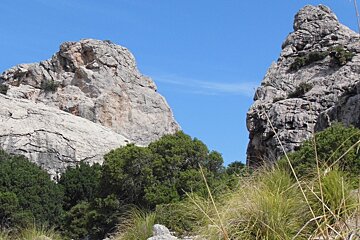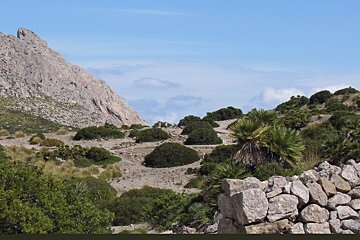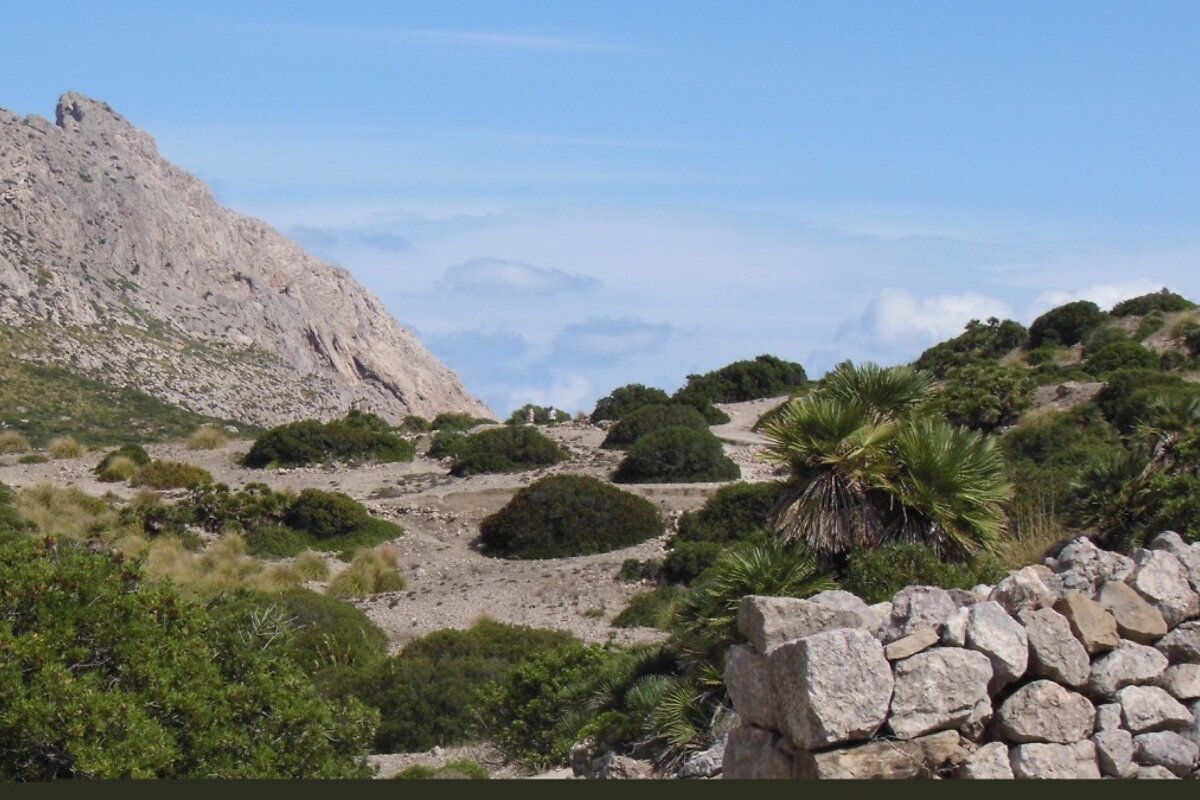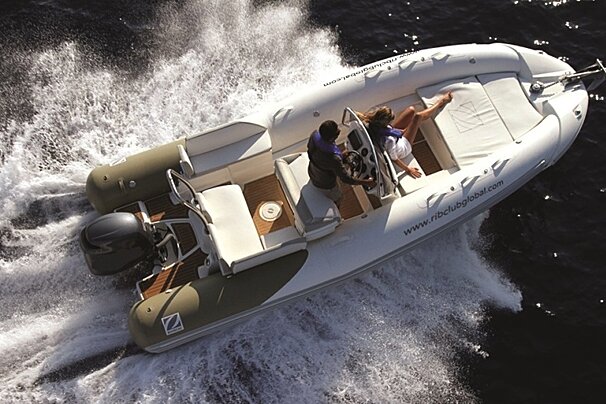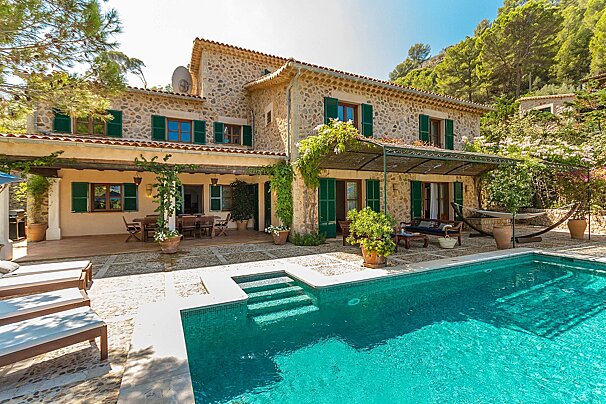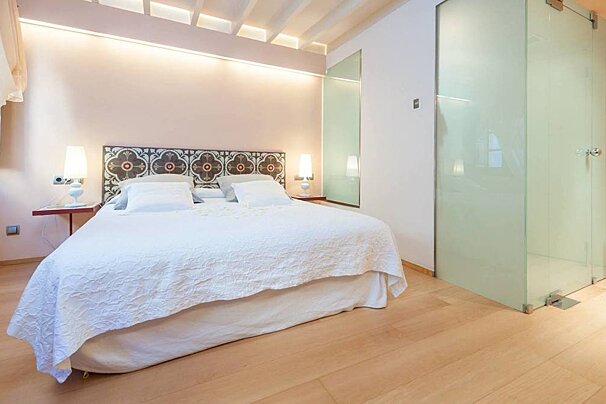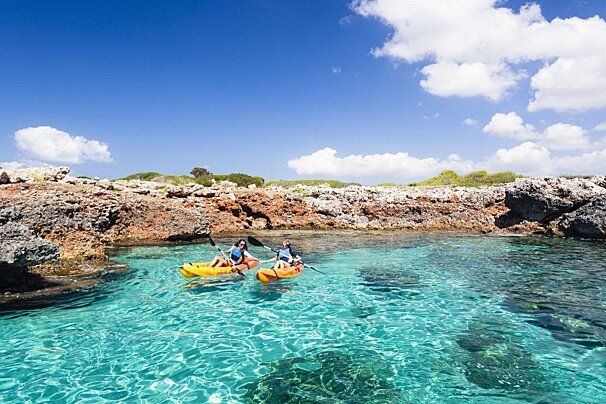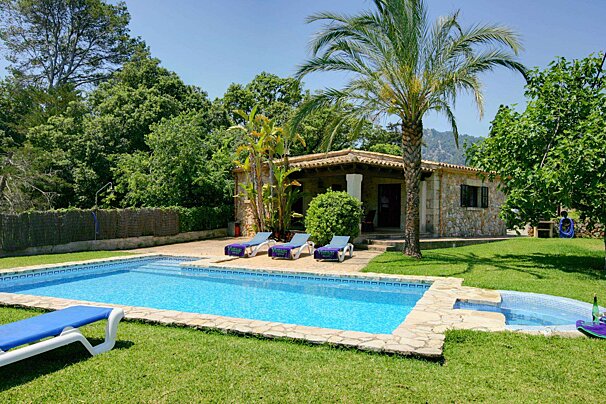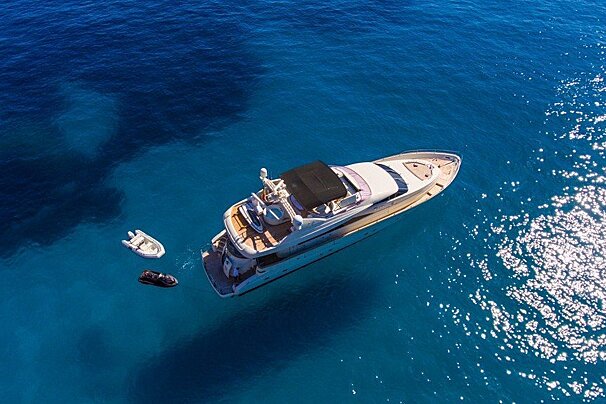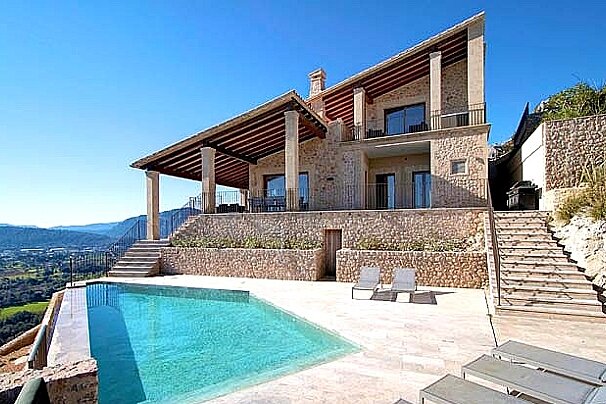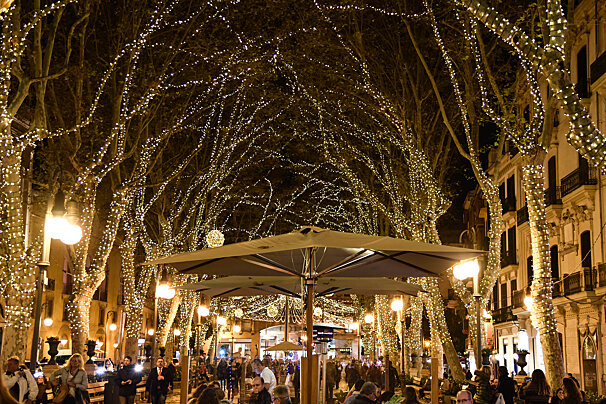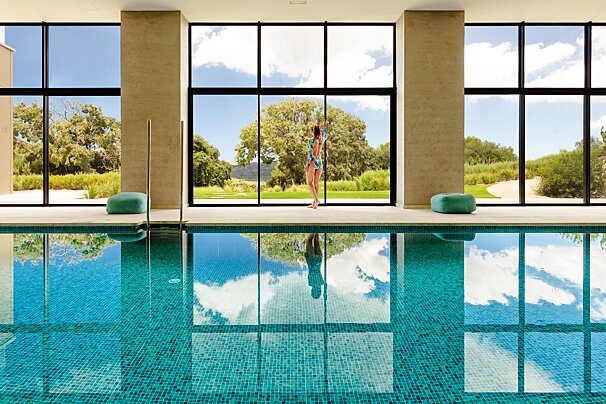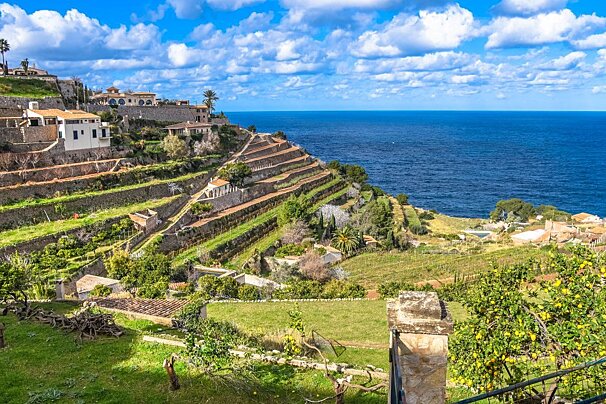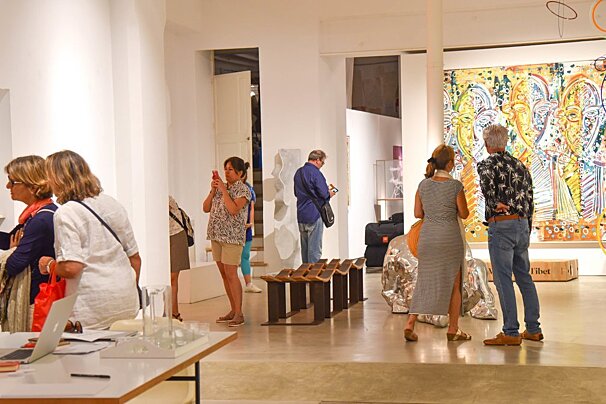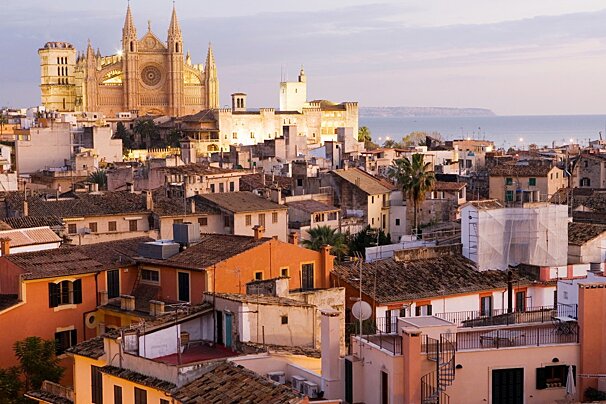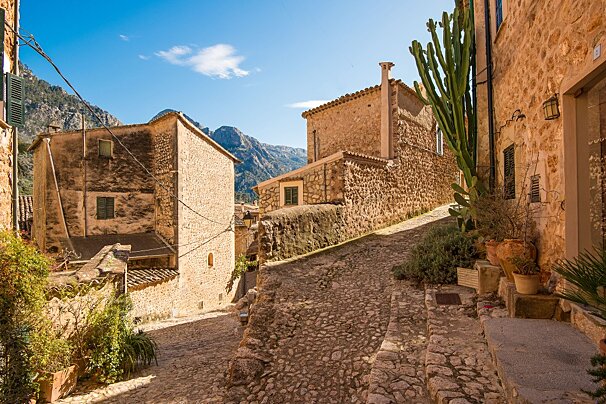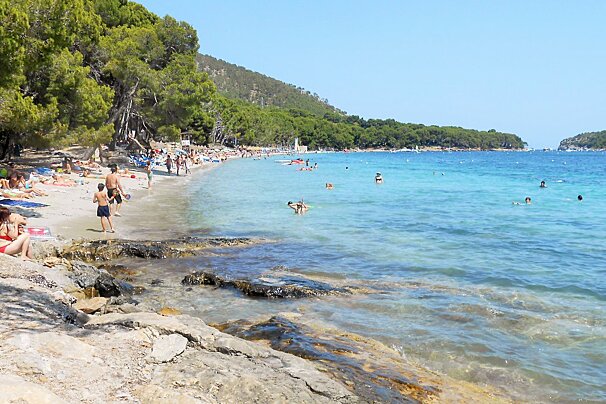
Birdwatching in the Boquer Valley
A comprehensive guide on where to go and what you can see!
Vall De Boquer to give it its full name is known simply to visiting birdwatchers and walkers as the Boquer Valley. This magnificent valley is situated just outside of the town of Puerto Pollensa.
To access it head out of Puerto Pollensa onto the Formentor Road. The Oro Player supermarket will be on your left where the road merges into two lines that go ahead only. Take a left here and drive up past the avenue of pine trees. At the top of the road go over the roundabout and park on the rough ground. This is the car park at the base of the Boquer.
Once you park up scan what is known as the ‘sheep fields’ to your left. There are still plenty of Cork Oak and Olive trees here which attract migrants such as Warblers, Flycatchers, Common Redstart, Whinchat, Woodhcat shrike and of course the Wryneck, whose feathers give it a cryptic plumage making it hard to spot when perched against the bark of the trees.
There is a delightful route that one can take into the valley itself with the option of going down to the cove at the end of the valley, although you have to return back the same way. Numerous goats keep you entertained along the way as they climb precariously on the edge of the steep drops; their bells clattering away to mark their whereabouts to the local farmer in this large open valley.
You start the walk with a gentle uphill climb to the main gates (which you are allowed to walk through) ensuring they are closed behind you. In front of you is the stunning Finca Boquer (Boquer Farm) with its commanding views over Puerto Pollensa. Just past the farm itself, walk through the metal gate. From here spend some time scanning the fields out in front of you for a variety of birds, including the Hoopoe with its bounding flight, black and white back markings and fawny coloured front. Watch the plume of head feathers stick up when they land, quite amusing. The fields here can sometimes hold Stone Curlews but these can take some spotting as they blend in well with the rocks.
The magnificent ridge now in front of you is the Caval Bernat Ridge - part of the Serra de Tramuntana mountain range which runs along the left side of Mallorca. These ridges are excellent for birds of prey so keep a look out for Black Vulture, Egyptian Vulture, Booted Eagle, Peregrine Falcon, Kestrel, Red Kite, Black Kite and Eleanora’s Falcon. Ravens can always be heard making their distinctive ‘cronking’ call too. This sheer ridge will capture your eyes, mind and thoughts with its beauty and ruggedness.
The path gently slopes around to the right and heads towards two large imposing boulders. These particular boulders are territory to a pair of Blue Rock Thrushes and the male is a regular sight, either singing from them or chasing other small birds away from them. Closer views will show you the beautiful cobalt blue colours of the male – a striking bird.
You pass between these boulders and head into the valley itself. The breathtaking ridges flank both sides of this valley, and its majestic views and stunning landscape never ceases to amaze me no matter how many times I walk into the valley. The valley is steeped with vegetation including some endemic plants. The vegetation is ideal for a variety of birds to feed on and to nest within, and includes species such as Cistus, Myrtle, Lentisk and Aleppo Pines. The Dwarf Palm (the only native palm in Europe) occurs here as does the Hedgehog Plant. This mixture of garigue and marquis vegetation carpets the valley floor.
Quite often small flocks of Rock Doves can be seen on the cliffs and these are the true wild variety, not the feral ones we tend to see at coastal sites and inland. The bird species are still of interest and you can expect to see Sub-alpine Warbler, Sardinian Warbler and Cirl Bunting in particular. Keep remembering to look above the ridges for birds of prey as these are always about and can throw in a few surprises too, such as the Golden Eagle and Honey Buzzard passing through in April and May during migration.
The path continues on relatively straight towards the end of the valley and the sea beyond, and the sheer width of the valley and the height of its walls will continue to impress. Occasionally, startled Red-legged Partridges take flight from the undergrowth. Warblers in particular favour this section of the valley again because of the ample vegetation, but Linnets, Goldfinches, Greenfinches and Serins are never too far away.
As you walk through along the wide path you pass through a gap between two sets of dry stone walls. From here start paying attention for an elusive and rare bird, which can take some finding but is a real speciality and an endemic of the Balearic Islands – it is the Balearic Warbler. From my experience this is the best section in the valley for this species, just past the walls and before where the path drops down to the sea.
The Balearic Warbler is a small dainty warbler but very active when seen in the open, usually flitting around on the tops of the bushes. The male has grey upperparts which extend over the head. They have a white throat and a striking red eye. Their underparts are a buffish pink and they have a long tail. The legs are red. This species is much sought after on the list of any visiting bird watcher to the island and although they can be seen at places such as Porto Colom, I find the Boquer Valley a regular and almost guaranteed site to see them. They do tend to hide away a lot so you will need some patience and perhaps a little luck too.
The path eventually drops down to a delightful cove always frequented by Yellow-legged Gulls and Shags and you can either choose to spend some time in the cove or return through the valley back to the car park – bird watching as you go of course…
Either way the Boquer Valley is an awe inspiring beautiful valley where time seems to have stopped, where traditions continue and where ones heart can wander to the heart’s content. But don’t take my word for it, go and see for yourself and enjoy yet another of Mallorca’s stunning gems.
Written by Neville Davies, author of Bird watching In Mallorca ISBN 9 780957 538702
www.ecologycymru.co.uk
You can read more about this walk here.
